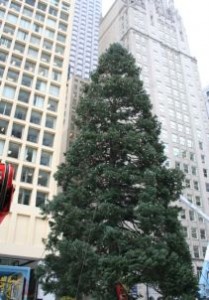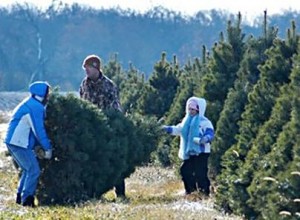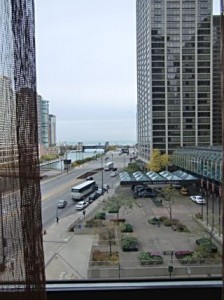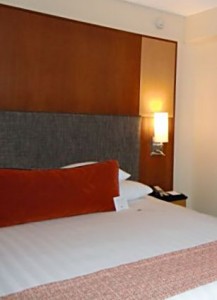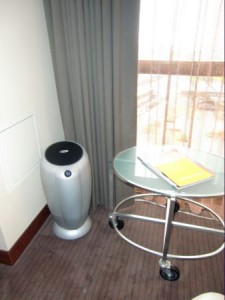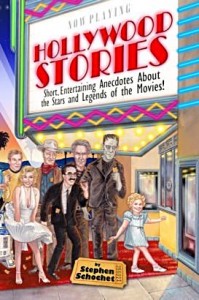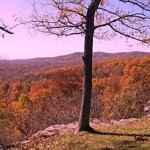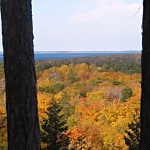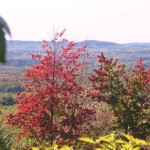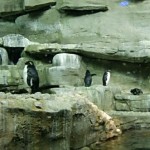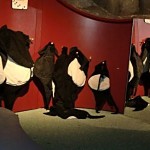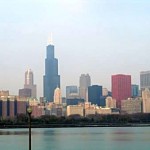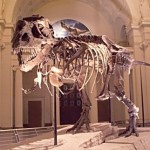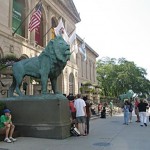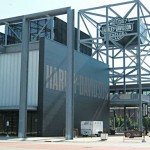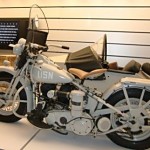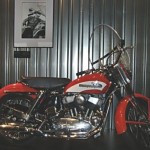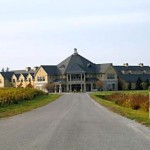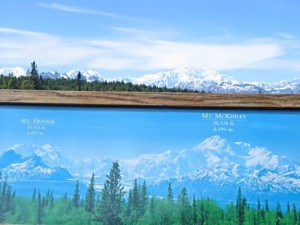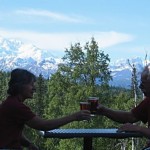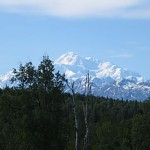New Year 2011 stretches ahead ready for your imprint. It’s time to drop a few fun things into the calendar that give you something to look forward to as a break in your routine.
Not sure how? First, think fun getaway. Secondly, think interesting class.
You don’t have to be a chef wannabe to take a cooking class or an aspiring artist or photographer to attend an art school or crafts camp. Not only will you meet and learn from experts, you will get to know another region. A Travel Smart with Jodie series on places to combine a fun class and trip begins today.
First in the series is all about cooking (coming up wine, photography, art). Here are two of many places where the scenery is fine and the cuisine is yummy.
Inn & Spa at Cedar Falls
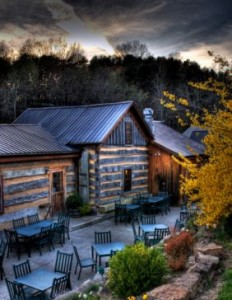
Stay at the inn or at nearby lodging to explore the forests and rock formations of Southern Ohio’s famed Hocking Hills State Parks while taking a cooking class at the inn’s renowned kitchen.
Combination cooking and stay
Overnight guests will prepare dinner under the guidance of Chef Anthony Schulz in “Weekend CookInn Classes,” Jan. 21-22, March 18-19 or Sept. 16-17. The price of $485-$649 person (depends on single or shared room) covers wine and dessert on Friday, dinner preparation on Saturday. Reservations are limited to eight people.
Stay in the Hocking Hills but take a cooking class at the inn

Chef Anthony Schulz shows how to make easy but impressive dishes at his “Summer Entertaining Foods CookInn Class,” June 29 and how to do perfect meal endings at “Summer Desserts CookInn Class,” Aug. 2. Each class is $55 and includes lunch and recipes.
Inn & Spa at Cedar Falls, 21190 State Route 374, Logan, Ohio 43138, 800-653-2557 (1-800-65-FALLS)
Hocking Hills information and lodging
Culinary Institute of America
Although the CIA is justly famous for training tomorrow’s top chefs, anyone can the take the school’s “Enthusiasts” classes. They are offered in three places: at the home site in Hyde Park, NY, at a longtime popular second branch in St. Helena, CA near the top of the Napa Valley, and at the institution’s newest site in San Antonio, Texas.

Classes have such enticing names as “CIA Favorites,” “Gourmet Meals in Minutes,” “Indian Feast” and “Spain and the World Table.”
Reservations must be made well in advance of a class because word has gotten out that these are a chance to go into CIA’s kitchens and learn some excellent culinary tips.
Combining a cooking experience with a trip to Napa Valley for a class may sound like a perfect weekend getaway, but really needs some advance planning.
“CIA Favorites” featuring recipes and dishes from The Culinary Institute of America Cookbook, currently has a waiting list for the class at Greystone in St. Helena on Feb. 5 but has openings for that Greystone class on June 11.
The $250 tuition for the class covers hands-on-cooking, demonstrations, tips, plating techniques, a CIA logo apron and cookbook.
If scheduling a CIA Enthusiats class doesn’t fit into the calendar you still can get the Culinary Institute of America Cookbook: Favorite recipes for the home chef, (Lebhar-Friedman Books, September 2008)
CIA Enthusiasts courses at Graystone, 2555 Main Stree, St. Helena, CA 94574

